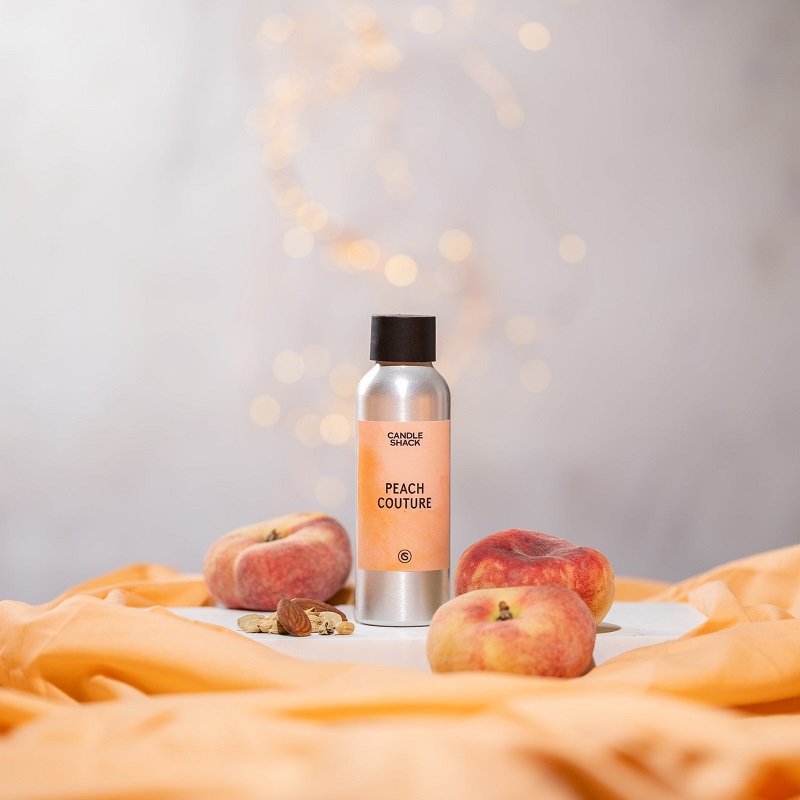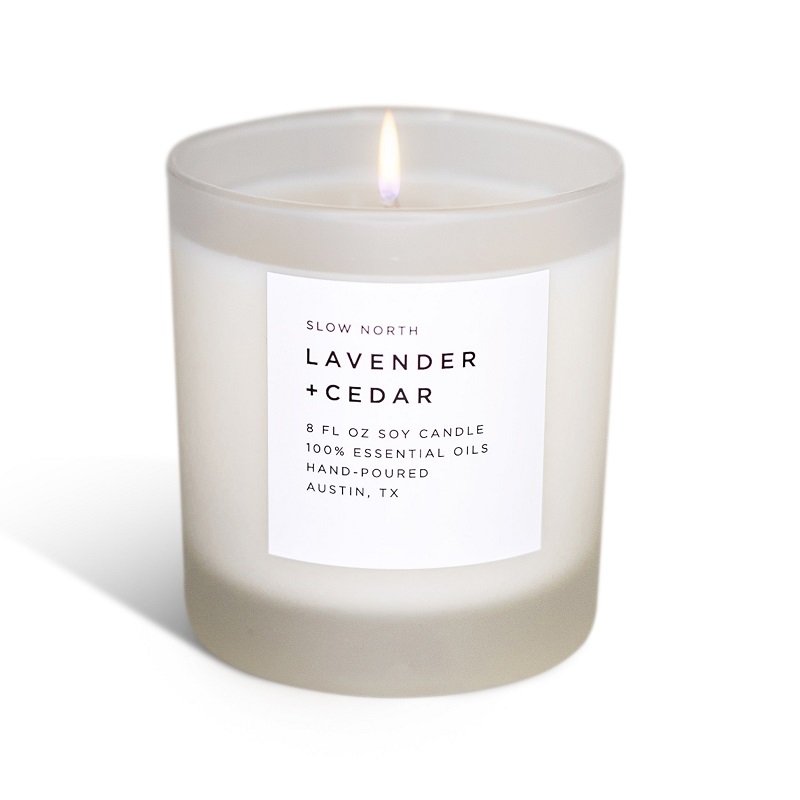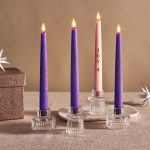Introduction to Using Essential Oils in Candles
Essential oils have become a popular addition to many homemade crafts, including candles. Their appeal lies in their natural origins and the wide variety of scents they offer. But before you dive into making candles with essential oils, it’s important to understand the nuances involved. This article explores the benefits, challenges, and essential considerations of incorporating essential oils into candle-making. Whether you’re a seasoned candle-maker or a DIY enthusiast, understanding these aspects will help you achieve the best results in your candle projects.
The Benefits of Using Essential Oils in Candles
Aromatherapy Benefits
One of the main advantages of using essential oils in candles is their potential aromatherapy benefits. Essential oils, such as lavender, eucalyptus, and peppermint, are known for their therapeutic properties. Lavender, for instance, is often used to promote relaxation and reduce stress, while eucalyptus can help with respiratory issues. When added to candles, these oils release their beneficial properties into the air as the candle burns, potentially enhancing your environment with their natural effects.
Natural Fragrance
Essential oils provide a natural alternative to synthetic fragrance oils. Many commercial candles use synthetic scents, which can sometimes be harsh or irritating. Essential oils, derived from plants, offer a more subtle and natural aroma that can be more pleasant and less overpowering. This natural fragrance can also be more appealing to those sensitive to synthetic chemicals, making essential oil candles a great choice for people with allergies or respiratory issues.

Challenges of Using Essential Oils in Candle Making
Scent Throw and Strength
One of the challenges with using essential oils in candles is achieving a strong and consistent scent throw. Scent throw refers to how well the fragrance disperses into the air when the candle is burned. Essential oils can be less potent than synthetic fragrance oils, which means you might need to use a higher concentration to achieve the desired strength. This can affect the overall quality and burning properties of the candle. Additionally, some essential oils may not be as effective at dispersing their scent when used in candles compared to other methods.
Burn Quality and Performance
Essential oils can sometimes affect the burn quality of candles. For instance, certain essential oils have a lower flash point, which is the temperature at which they can ignite. This can pose a risk of burning inconsistently or even cause the candle to smoke. Furthermore, essential oils can affect the candle’s wax blend, potentially leading to issues such as poor adhesion to the jar or uneven burning. To mitigate these issues, it’s crucial to test different essential oils and wax combinations to ensure a quality burn.
Choosing the Right Essential Oils for Candles
Popular Essential Oils and Their Properties
When selecting essential oils for candle making, it’s important to consider their properties and how they might affect the candle. Some popular choices include lavender for its calming effects, citrus oils like lemon or orange for their uplifting qualities, and cinnamon for a warm, spicy aroma. Each essential oil has its unique characteristics, so choosing the right one depends on the desired outcome of your candle. For example, if you’re aiming for a relaxing atmosphere, lavender or chamomile might be ideal, whereas for a fresh and invigorating environment, citrus oils could be more appropriate.
Blending Essential Oils
Blending essential oils can create a more complex and appealing fragrance profile. Combining different essential oils allows you to craft unique scents that are tailored to your preferences. For instance, a blend of lavender and chamomile can produce a soothing aroma, while a combination of peppermint and eucalyptus can offer a refreshing and invigorating scent. Experimenting with different blends can help you find the perfect combination that suits your needs and enhances the overall candle experience.

How to Incorporate Essential Oils into Candle Wax
Measuring and Mixing
When adding essential oils to candle wax, it’s important to measure the correct amount to ensure both safety and effectiveness. A general guideline is to use approximately 1 ounce of essential oil per pound of wax, though this can vary depending on the strength of the oil and the desired scent throw. Once measured, the essential oils should be added to the melted wax at the appropriate temperature—typically around 180°F to 200°F. Mixing the oils thoroughly into the wax ensures an even distribution of fragrance throughout the candle.
Testing and Adjustments
Testing is a crucial step in incorporating essential oils into candles. Before making a large batch, create a small test candle to evaluate how the essential oils perform. Observe how well the scent throw works both when the candle is lit and unlit. If the scent is too weak or doesn’t burn well, you may need to adjust the concentration of essential oils or try different waxes and wicks. Testing allows you to make necessary adjustments to achieve the best possible result.
Wax Types and Their Compatibility with Essential Oils
Soy Wax
Soy wax is a popular choice for candle makers using essential oils. It is a natural, renewable resource that burns cleanly and evenly. Soy wax also has a good scent throw, making it suitable for essential oils. It holds fragrance well, allowing for a consistent release of aroma. However, since soy wax has a lower melting point compared to other waxes, it’s important to ensure that essential oils do not affect its burn quality or performance.
Beeswax
Beeswax is another excellent option for candles with essential oils. It has a higher melting point and burns longer than soy wax. Beeswax is also known for its natural honey-like scent, which can complement essential oils. However, beeswax can be more expensive and may require additional preparation to ensure it blends well with essential oils. Its natural properties often enhance the fragrance of essential oils, providing a rich and robust scent throw.
Wick Selection for Essential Oil Candles
Wick Types and Sizes
The type and size of wick used in essential oil candles can significantly impact their performance. Cotton wicks are a common choice as they provide a consistent burn and are compatible with various waxes and essential oils. Wood wicks can also be used to create a unique crackling effect and a more rustic appearance. The wick size should be appropriate for the diameter of the candle to ensure an even burn and optimal scent throw.
Wick Testing and Adjustment
Wick testing is essential to achieve the best burn quality for essential oil candles. Different wicks can affect the candle’s burn time, flame size, and overall performance. Test various wick sizes and materials to determine which works best with your chosen wax and essential oils. Adjustments may be needed based on the results to ensure a clean, even burn and optimal fragrance release.

Safety Considerations When Using Essential Oils in Candles
Flash Points and Safe Usage
Essential oils have varying flash points, which is the temperature at which they can ignite. When using essential oils in candles, it’s important to consider their flash points to prevent any risk of fire or smoke. Research the flash point of each essential oil and ensure it is compatible with the wax and wick used. Avoid adding essential oils at temperatures that exceed their flash points to ensure safe and effective candle burning.
Allergies and Sensitivities
Some individuals may have allergies or sensitivities to certain essential oils. When making candles, be mindful of these potential issues, especially if you plan to give candles as gifts or sell them. Use essential oils that are generally well-tolerated, and consider including ingredient lists or warnings about potential allergens. Proper labeling and awareness can help prevent adverse reactions and ensure that your candles are safe for everyone.
Conclusion: Crafting the Perfect Essential Oil Candle
Incorporating essential oils into candles can enhance their aroma and provide various benefits, from therapeutic effects to natural fragrances. However, achieving the perfect essential oil candle requires careful consideration of essential oil properties, wax compatibility, wick selection, and safety measures. By understanding these factors and experimenting with different combinations, you can create high-quality candles that offer both aesthetic and functional benefits. Whether for personal use or as gifts, well-crafted essential oil candles can add a touch of natural elegance to any space.


